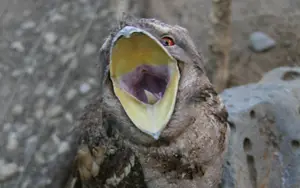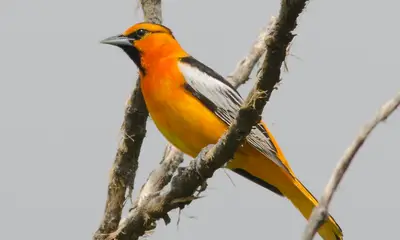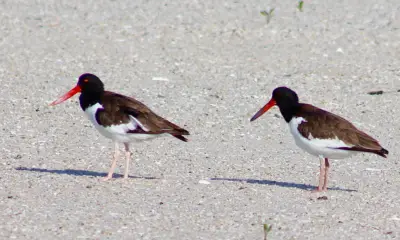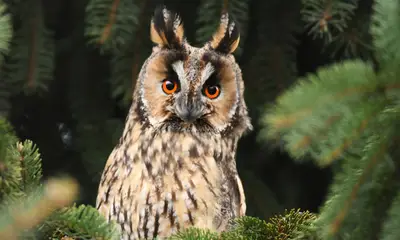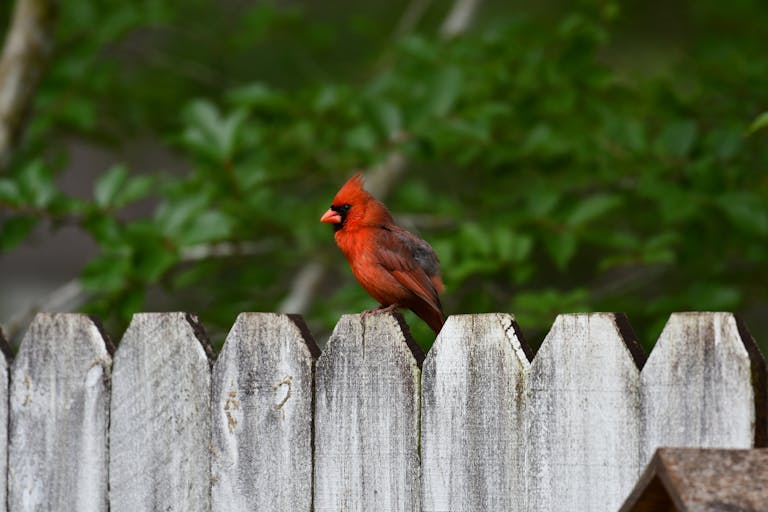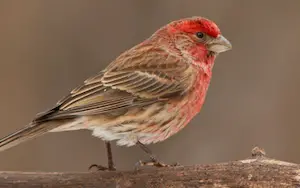9 Types of BROWN And RED BIRDS (ID Guide With Photos)
Did you recently come across a brown and red bird, and want to know what species it was?
Identifying birds that have brown as well as red feathers is not as easy as it might seem, since there are surprisingly many birds in North America that fit this description.
To help you identify the bird you saw, we’ll cover 9 brown and red birds of North America.
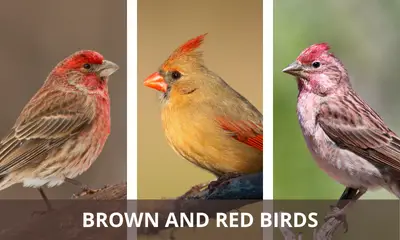
What types of birds are brown and red?
There are 9 types of birds that are red and brown in North America, which are covered in full detail below.
House Finch
Scientific name: Haemorhous mexicanus

House Finches are common birds throughout North America, and are mostly found in settled areas, ranging from rural towns to large metropolitan centers.
Adult male House Finches can be identified by their brown body and red head, although in some cases their head is slightly more orange or yellowish in color.
The females lack any red coloration, and instead have grayish streaks on a brown background.
The House Finch was originally a western bird, and it wasn’t until the 1940s that this brown bird was discovered in New York and other places on the east coast of the US.
The eastern House Finch population began to grow in the 1950s and 60s, and by the year 2000, it had expanded so far west that it connected with the original western population.
The House Finch is entirely herbivorous, and feeds on seeds, buds, and fruits.
If you set up a backyard feeder, you can expect House Finches to be among the first birds to visit it.
This brown bird is found in the US all year round, and while it is not a migratory bird, it does move to areas with more food outside of the breeding season.
Cassin’s Finch
Scientific name: Haemorhous cassinii
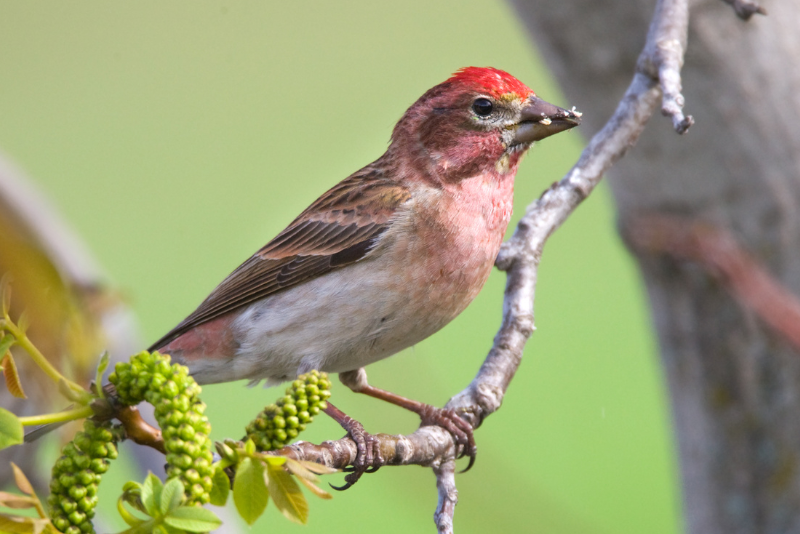
The Cassin’s Finch is another red headed brown finch, but is mostly found at higher altitudes than the House Finch.
Adult males have a bright red crest, chest, throat, and rump. Their neck and back are streaked brown, and their wings are somewhat darker with two pink wingbars and pale margins.
Adult females and juveniles are largely brown with dark streaks on top and slightly darker wings with two pale wingbars.
The Cassin’s Finch prefers coniferous forests and can be seen all year in mountainous habitats of North America.
Outside of the breeding season, this brown bird forms flocks and sometimes visits lower elevations and more southern latitudes, especially in cold winters.
Purple Finch
Scientific name: Haemorhous purpureus

The Purple Finch is a little brown bird with a red chest, a conical beak, and a red head that is disproportionately larger than its body.
The heads and breasts of adult males are a deep shade of raspberry red, while the backs of their bodies are brown with dark streaks. The flanks are cream colored with pink streaks.
Birds from the eastern part of the range have a white belly, whereas birds from the western part of the range have a gray belly.
The upperparts of females and immature birds are gray with dark streaks, while the underparts are a light cream color with brown streaks.
During the months of May through August, the Purple Finch is found breeding in northern parts of North America.
During the winter, however, these brown birds migrate south and spend the cold months in the eastern United States.
Northern Cardinal (female)
Scientific name: Cardinalis cardinalis
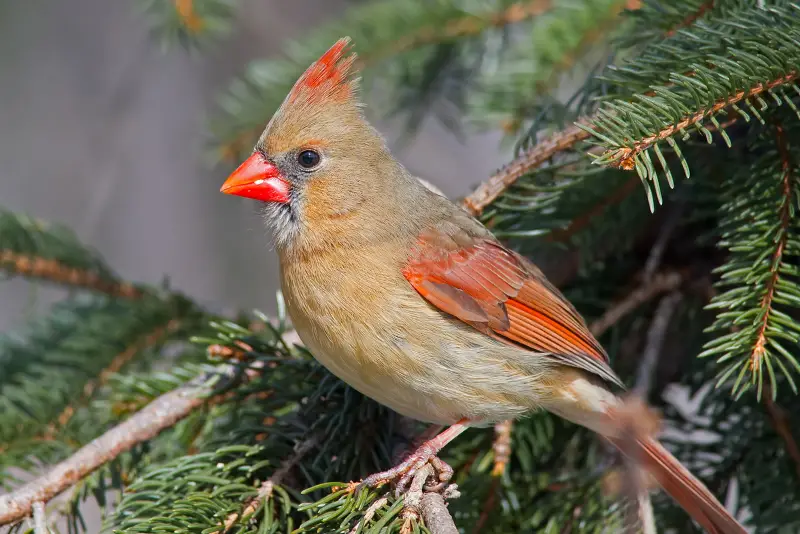
The Northern Cardinal is one of the most well known birds in North America, and is a common breeding bird in backyards and open woodland.
Male Northern Cardinals have a brilliant red head and chest, with a slightly darker red on their back and wing feathers.
Female Northern Cardinals are not quite as colorful as males, and have a more buff-brown body with some reddish tinges, as well as a bright red bill that contrasts with their overall brownish appearance.
During the winter months it doesn’t defend its territory, and sometimes gathers in flocks of up to 25 individuals that feed together. This bird is a regular visitor at bird feeders.
Red Crossbill
Scientific name: Loxia curvirostra
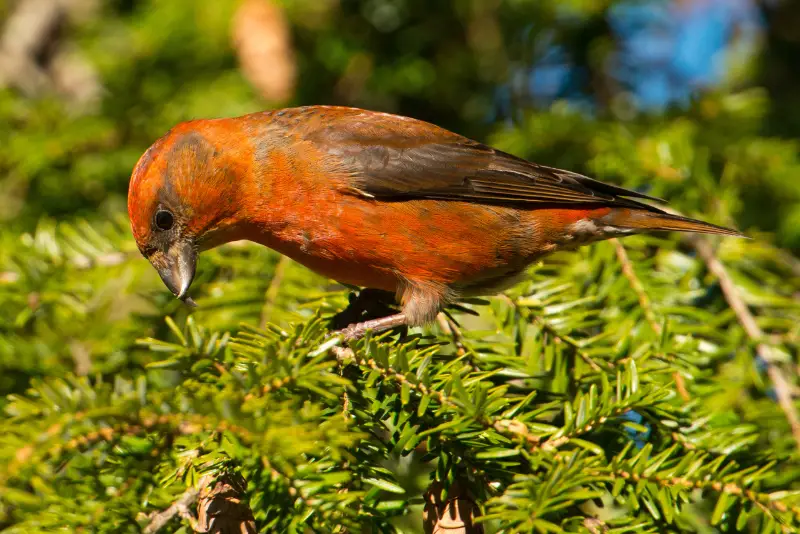
These birds get their name from their distinctive bills, which resemble a bent pair of scissors with their points crossed.
Adult males have a deep red belly, head, and rump, while their wings and back are dark brown.
Females and immature Red Crossbills are more inconspicuous, and are olive-brown with reddish streaks on their flanks and belly.
Red crossbills are able to harvest seeds from pine cones by cutting through the scales of the cones with their crossbill.
They will use their feet to keep the cones pinned down while they use their tongues to pick the seeds out of the cones and then eat them.
These birds breed in Canada and northern parts of the USA, and only show up as winter visitors in more southern states.
The breeding season of these crossbills is timed to coincide with ripening of pine or spruce cones, and can sometimes start as early as February.
Common Redpoll
Scientific name: Acanthis flammea
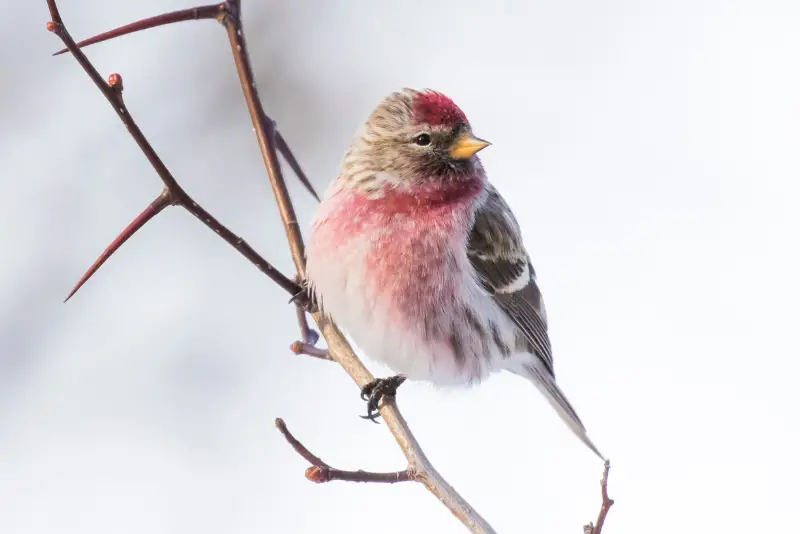
The Common Redpoll is a small finch of northern forests. It is a breeding bird throughout Canada, and is a winter visitor in the US, where it is more common during irruptive years.
Adult males have a gray-brown head with a red forehead, as well as a pinkish raspberry breast and flanks.
Female Common Redpolls are less colorful and are largely pale brown, but they also have a red forehead. Both sexes have brown-grey upperparts with dark streaks.
This red-headed bird favors boreal forests all the way north to the arctic.
Outside of the breeding season this brown bird forms small flocks that move around in search of areas with plentiful seeds.
Vermilion Flycatcher
Scientific name: Pyrocephalus obscurus

The Vermilion Flycatcher is one of the most beautiful songbirds that can be seen in North America.
Adult males are red birds with brown wings, and also have a brownish black back, tail, and mask.
The contrast between the areas of bright red and the dark brown is stunningly beautiful if you see this bird in good light.
Females and immatures, on the other hand, are greyish brown on top, and have pale underparts.
It is a strict migratory bird, with most Vermilion Flycatchers migrating to Central America to spend the winter, with only a handful of individuals remaining in North America during the cold season.
The preferred habitat of the Vermilion Flycatcher is open woodland and parks in areas close to water.
Red-faced Warbler
Scientific name: Cardellina rubrifrons
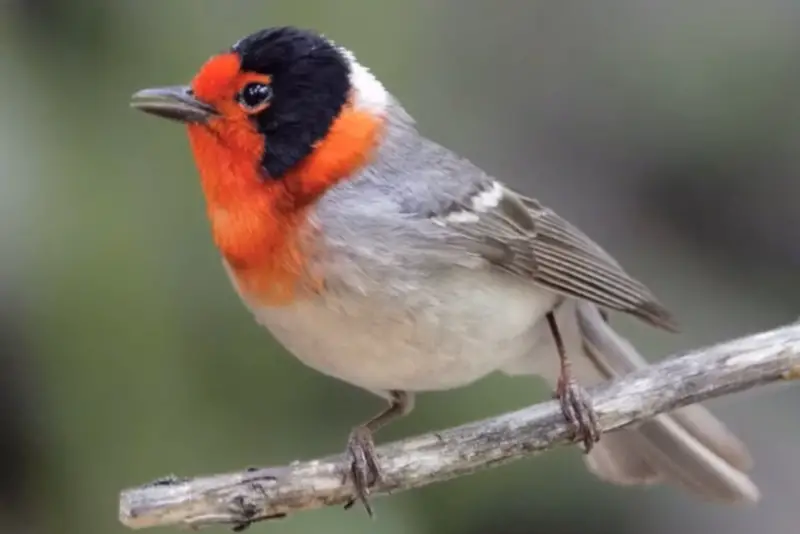
The Red-faced Warbler is an elegant small songbird with a grey body that contrasts with a fire-engine red face as well as a brown back and wings.
Found primarily in high-altitude coniferous forests, this eye-catching warbler prefers habitats characterized by a blend of pine and oak trees in mountains and canyons.
The Red-faced Warbler is a summer visitor in Arizona and New Mexico, where it can be encountered breeding from May through September.
These brown warblers have noteworthy nesting habits: unlike many other birds, they build their nests on the ground in small depressions.
Final remarks
In summary, here are the 9 types of birds in North America that have red and brown feathers:
- House Finch
- Cassin’s Finch
- Purple Finch
- Northern Cardinal (female)
- Red Crossbill
- Common Redpoll
- Vermilion Flycatcher
- Red-faced Warbler
If you’ve spotted one of these brown birds while bird watching in your backyard, hopefully this ID guide will help you identify it quickly and easily.
And if you enjoyed this article, check out our guide to the types of brown and black birds.

